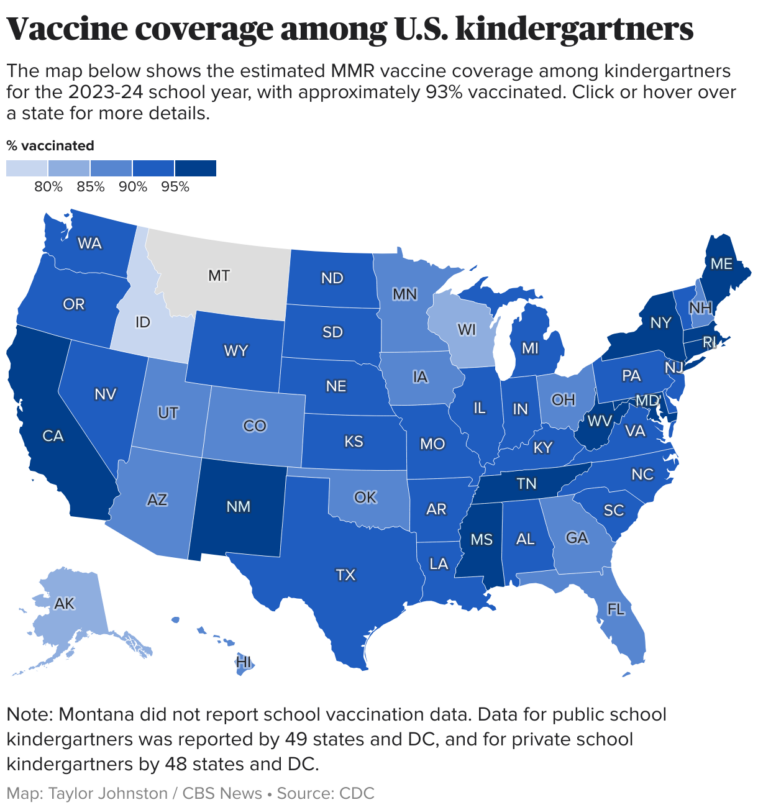A US-based vaccination body, established by the Health Secretary Robert F. Kennedy Jr., has planned to reconsider the established scientific information and turn its focus towards the unusual hazards associated with childhood vaccines. The meeting is scheduled to start Wednesday, inflaming concerns that unconventional theories might influence national protocols.
The team in question, Advisory Committee on Immunization Practices (ACIP), an autonomous entity that meticulously analyses scientific data to suggest which demography should be vaccinated and when, rarely grabs public attention. But presently, the situation is far from typical.
In an unexpected move earlier this month, all the 17 members of the ACIP were prematurely released from their duties. Accusations were centered around their alleged financial involvement with the pharmaceutical sector. This occurred despite an existing screening procedure which is aimed at reducing any potential conflict of interest.
To replace the dismissed members, eight new ones were appointed. Among these is a recognized scientist, Robert Malone, who has come under scrutiny for disseminating unverified information during the Covid-19 era and advocating the use of ivermectin, which is primarily a medication for parasites.
The published meeting agenda encompasses routine subjects, including influenza and Covid-19 vaccines. However, the addition of the review of measles, mumps, rubella, and varicella (MMRV) vaccines designated for young children on the second day, in conjunction with thimerosal-containing flu vaccinations, has stimulated apprehension among experts.
Thimerosal, a mercury-based compound utilized as a preservative in various medicines, hasn’t shown signs of causing any harm at lower levels. Despite the lack of detrimental evidence, vaccine manufacturers agreed to eliminate thimerosal from pediatric vaccines back in 1999 in response to public apprehension. However, certain flu vaccines still contain it.
As far as childhood immunizations are concerned, parents in the US have the option to opt for a collective MMRV shot or two individual injections—one for MMR and another for varicella. This combination possibility reduces the number of injections, yet it slightly augments the risk of febrile seizures—a scarce and principally harmless side effect.
At present, the two-shot approach is advocated for the infants’ initial dose in the 12-47 month age range, which makes the sudden reconsideration of the issue slightly unexpected. Experts are left wondering why this topic has resurfaced.
What also stands out is the absence of any planned discussion on the significant benefits of measles vaccines—an intervention that has averted millions of potential hospital admissions. Unfortunately, the topic does not seem to feature in the planned discussions of this committee.
The United States, a country recognized to have abolished measles as of the year 2000, is presently witnessing its most severe measles resurgence in the last several decades. It has already resulted in more than 1,200 identified cases and three confirmed fatalities.
This reality underscores the critical need to uphold acceptance of scientifically-evidenced vaccination strategies rather than resorting to unfounded fears and theories. At this juncture where public health is at stake, revisiting long-settled science and introducing unwarranted review discussions could potentially amplify vaccine hesitancy.
It’s imperative to maintain faith in the proven science behind immunizations, while also continually seeking to improve the vaccines’ effectiveness and safety. Vigilance against vaccine misinformation, particularly in our current age of rapid information sharing, is a high-priority responsibility at all levels of healthcare and society.
In conclusion, the upcoming review meeting of the ACIP could be a crossroads for national vaccine policy, given the unique and somewhat unprecedented situation. The ramifications of this meeting could extend far beyond the committee itself, potentially influencing public view on immunization practices and shaping public health strategies in the future.
Lastly, careful monitoring of the outcomes and decisions resulting from this meeting by healthcare professionals, policy-makers, and the general population will be crucial. This will ensure that evidence-based approaches to immunization continue to guide national policies and public health measures, working towards a healthier future.

